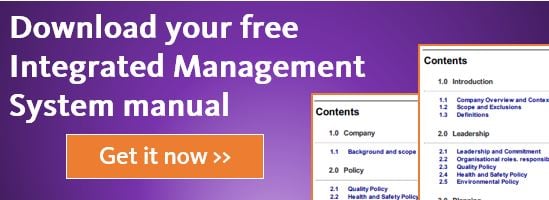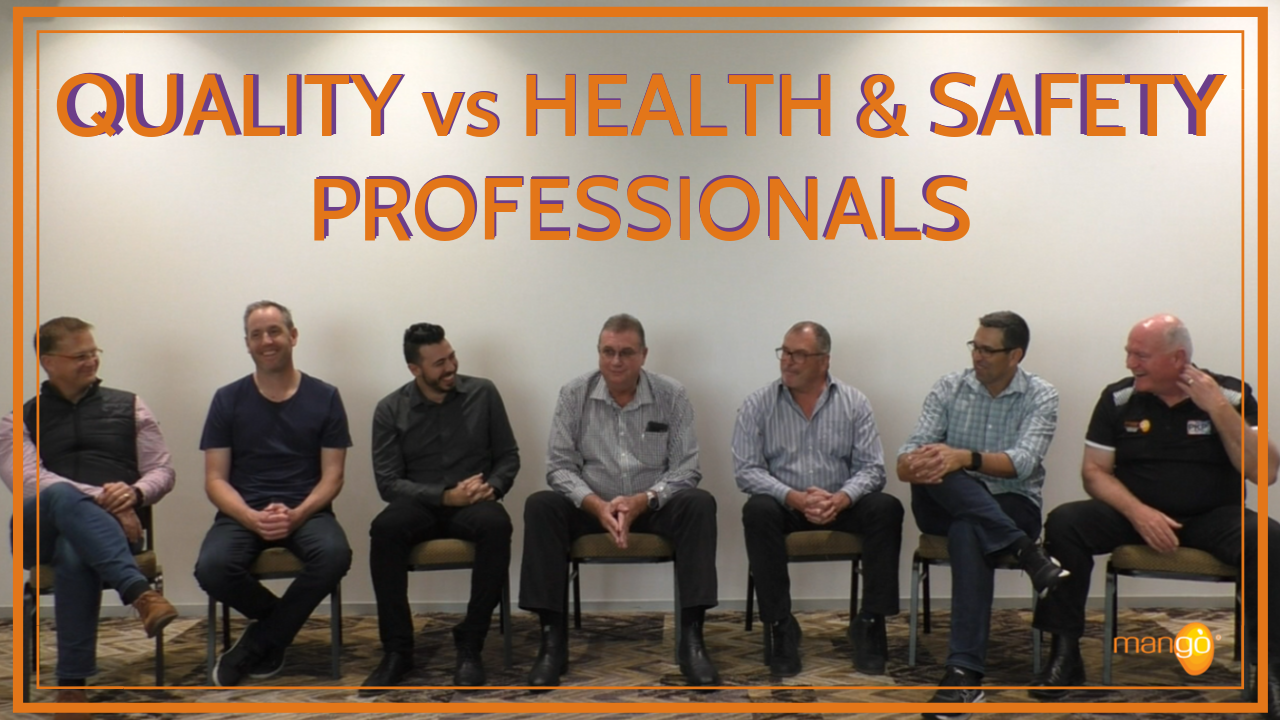The Process Approach is a hugely important principle of a quality management system. t’s an important approach to use when you implement your system, but also it’s important to use it when maintaining your system.
The ISO 9000 standard goes into great detail about what the process approach is, what the benefits are, and possible actions that you can take to run your organisation using this tool. At its core, it’s all about recognizing that business activities are best understood and managed as interrelated processes. This approach is the bedrock of the ISO system, and with very good reason..
Despite being around for many years, the process approach is still quite a revelation to many management teams. In my experience, most businesses use a combination of three different management styles to transform inputs into outputs for their customers. These approaches fall broadly into three camps...
1. “This Fire Needs Extinguishing Right Now”. This method is for those who like to wing it on bursts of Adrenalin and diminishing customer satisfaction.
2. “My Scatter Gun Is Locked and Loaded”. This approach is for those who are a little more proactive. It is where processes in the business are kinda sorta dealt with, but only in a haphazard, half-arsed way (often as a result of putting out those pesky fires).
3. “My Department Is Just Fine and That’s All That Matters”. This approach is for the empire builders. It is the Silo Method, where everyone proudly wears t-shirts that say “My Department Is Just Fine and That’s All That Matters”.
Needless to say, these approaches may be common, but they leave a lot to be desired in terms of effectiveness. I’m not overstating it when I say that the process approach is by a country mile THE best way to organise and manage what you do.
Benefits of the Process approach:
- It will give you transparency
- It will bring significant gains in efficiency
- It will provide you with consistent results
- Your team will enjoy clarity and a feeling of ownership.
- Your customers will love the effect it has on their experience
- Naturally, all of that will make the shareholders and owners of the business very happy indeed.
Using the Process Approach:
When you start getting into it, it’s likely that you will be staggered by the sheer number of processes that need managing and perhaps documenting. Taking inputs and turning them into outputs doesn’t happen with the wave of a magic wand.
There’s the design process, the measurement process, the internal auditing process, the delivery process, the training process, the distribution process, the customer communication process, the monitoring process, the traceability process, the complaints process, the market research process…and dozens and dozens more. To add to the fun, the output of one process often becomes the input of another. The processes contained in even a small business are numerous and complex.
As great as it is, there’s no mistaking that using the process approach is a hefty undertaking. There will be much discussion and debate, and lot of back-and-forth with differing ideas and viewpoints.
You’ll go to a lot of meetings. You’ll talk to a lot of staff. You’ll listen to a lot of staff. Many hours of your day will be spent mapping out the many dozens of processes that your organisation is built on. It’s important work that requires commitment and energy.
Flowcharts
Good results from using the process approach will surely come, but how to manage the complexity? In a word - flowcharts. Flowcharts will be your new best friend on this journey.
Whether your business is large or small, flowcharts will enable you to take control of your processes. They will:
- Simply and elegantly illustrate what would otherwise take many paragraphs of dense text to understand.
- Enable you to get to the core of problems.
- Make your organisation lighter on its feet.
I can’t say it strongly enough - there really isn’t a downside to getting on board with the process approach, especially when you have flowcharts in your holster.
If you have never even dipped a toe into the process approach waters, fear not. We will be blogging our experience at Mango in detail as we work towards ISO 9001 certification.
Follow along with us as we use the process approach to manage what we do. It could change everything you do, in the best way possible.
View previous blogs in this series "How to Implement a QMS and Achieve ISO 9001 Certification":
How to Implement a QMS and Achieve ISO 9001 Certification - Part 1: Introduction
How to Implement a QMS and Achieve ISO 9001 Certification - Part 2: Customer Focus
How to Implement a QMS and Achieve ISO 9001 Certification - Part 3: Leadership
How to Implement a QMS and Achieve ISO 9001 Certification - Part 4: Engagement of People
.png?width=200&height=51&name=image%20(2).png)




